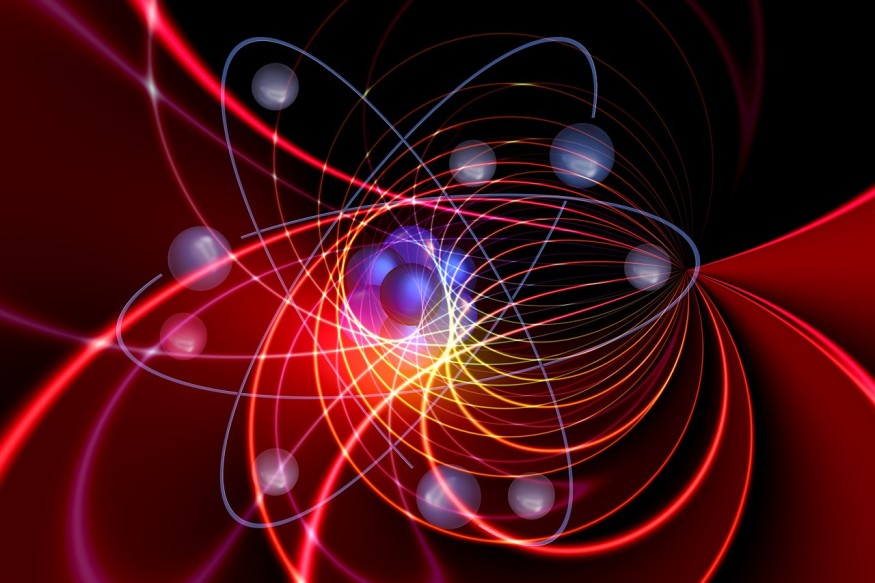A team of researchers led by the University of Illinois Urbana-Champaign has identified a method to translate quantum information across different quantum technologies that has significant implications on quantum communication, computing, and networking.

Transferring Quantum Information Between Different Technologies
As per their press release via EurekAlert!, the novel method converts quantum information into a format that is required for quantum communication.
Photons or the particles of light that play an important role in quantum information technologies can be used at different frequencies. Some quantum computing technology based on superconducting qubits like the ones used in Google and IBM could store quantum information in photons that move in microwave frequencies.
However, researchers noted that quantum information could not be sent around microwave photons since they are too weak to survive the trip when building a quantum network or connecting quantum computers.
James Franck, a postdoc at the Institute at the University of Chicago and lead author, explained that classical communication uses microwave photons, a situation that seems impossible for quantum communication, since a single photon is needed and that can get buried in the thermal noise of microwave frequencies.
To solve this, an optical photon should be used to transfer quantum information as this is more resilient against ambient noise. But an intermediary matter is needed first since it is impossible to transfer information from photon to photon. Some design solid devices for this, but the breakthrough experiment uses atoms.
READ ALSO : Brand-New Quantum Computing System Developed For More Effective 'Erasure Error' Corrections
Using Neutral Atoms To Transfer Quantum Information
In the study, titled "Quantum-enabled millimeter wave to optical transduction using neutral atoms" published in the journal Nature, researchers used atoms to convert quantum information.
Atomic electrons are only permitted to have particular energy levels. If an electron is at a lower energy level, it can be stimulated by striking it with a photon whose energy exactly matches the difference between the two levels. Similarly, when an electron is pushed to drop to a lower energy level, the atom then produces a photon with an energy that matches the energy difference between levels.
Rubidium atoms have two gaps in their levels that Kumar's method uses, as per a similar report by Phys.org. The first one equals the energy of a microwave photon and the other one equals the energy of an optical photon.
The method allows the atom to absorb a microwave photon with quantum information and then release an optical photon with the quantum information by utilizing lasers to change the electron energy of the atom up and down. This process is known as "transduction."
The device can transmit quantum information from microwave photons to optical photons in both directions. As a result, it may be on either side of a long-distance link between two superconducting qubit quantum computers and serve as a core building piece of a quantum internet. But there may be a lot more possibilities for this technology than simply quantum networking.
RELATED ARTICLE: Are Black Holes the Giant Quantum Computers of Aliens? Physicists Proposed This Could Be Why Extraterrestrial Civilization Has Not Yet Reached Earth
Check out more news and information on Quantum Physics in Science Times.
© 2026 ScienceTimes.com All rights reserved. Do not reproduce without permission. The window to the world of Science Times.












